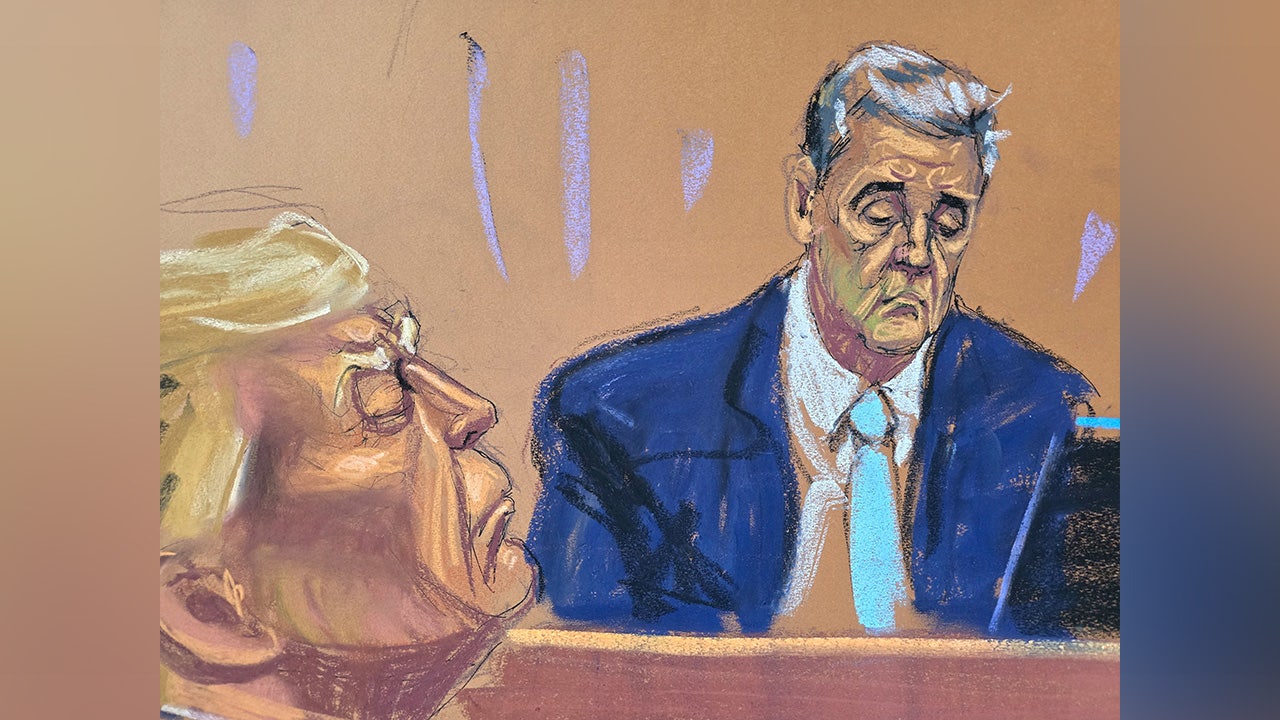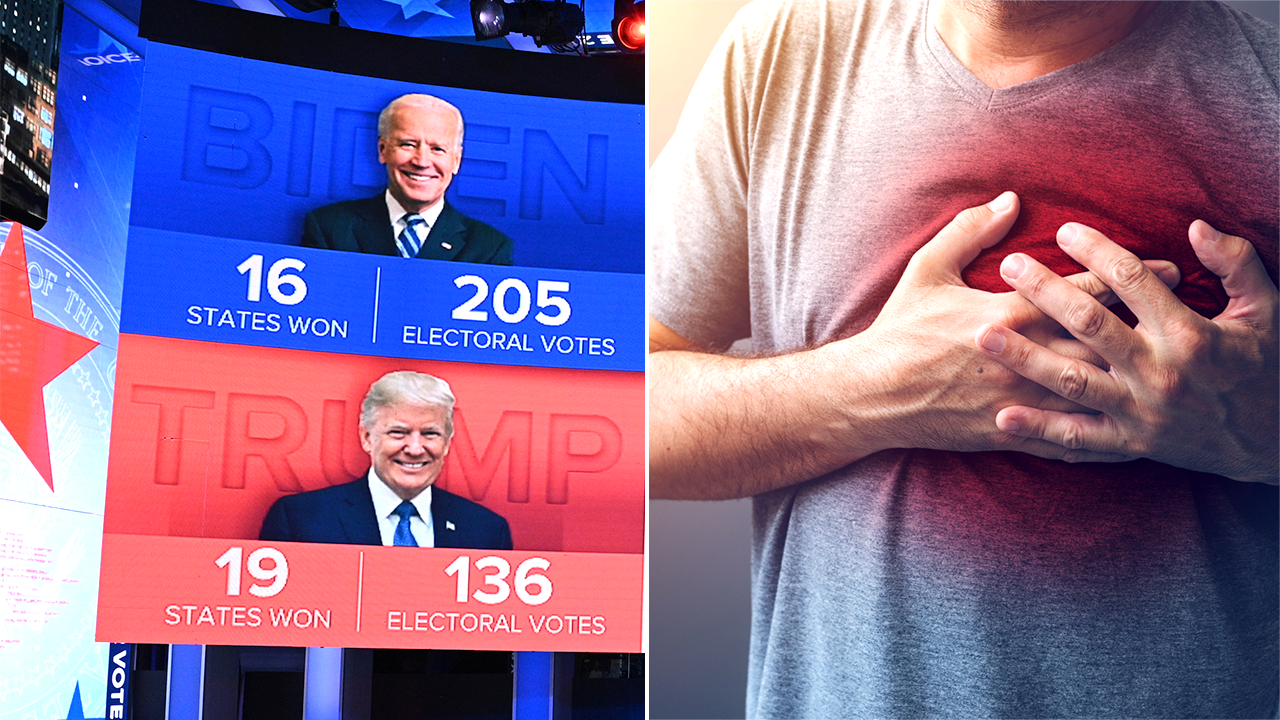Crews in Baltimore will use precision explosives on a collapsed section of the Francis Scott Key Bridge to free the container ship Dali from the wreckage and clear the channel for maritime passage, officials said Wednesday.
Small charges will be placed inside precision cuts made in the steel to split a large section of the bridge’s truss at specific locations to create smaller, more manageable pieces that cranes and barges can remove from on top of the Dali, the Key Bridge Response Unified Command said.
“By using precision cuts, we reduce risks to our personnel and can safely and efficiently continue clearing the channel for the Port of Baltimore,” said Capt. David O’Connell, Key Bridge Response federal on-scene coordinator.
The controlled demolition will look like puffs of smoke and sound like fireworks, though hearing protection is recommended for those within 2,000 yards of the site.
MARYLAND OFFICIALS SAY BALTIMORE KEY BRIDGE REBUILD COULD COST $1.9B
Once the bridge wreckage is removed, the massive ship will be removed from the channel.
Officials said the exact timing of the demolition will depend on weather and other operational factors.
“Crews are able to work throughout the rain, in a limited capacity, but lightning and wind are a big thing that could potentially shift the date,” Coast Guard Petty Officer Ronald Hodges of the Key Bridge Unified Command told the Baltimore Sun.
BALTIMORE BRIDGE COLLAPSE: SECOND TEMPORARY CHANNEL OPENED, ROUGH WEATHER SLOWS DEBRIS REMOVAL
Hodges also noted that crews have been using cranes to shift around large objects on the Dali so that the ship will remain stable once the massive section of truss is removed.

The potential demolition comes weeks after the Sri Lanka-bound Dali container ship struck the Key Bridge, causing it to collapse on the night of Mar. 26, leaving six construction workers dead.
CLICK TO GET THE FOX NEWS APP
On Tuesday, salvage teams recovered the body of the sixth and final worker.
Fox News Digital’s Stepheny Price contributed to this report.
Read the full article here










